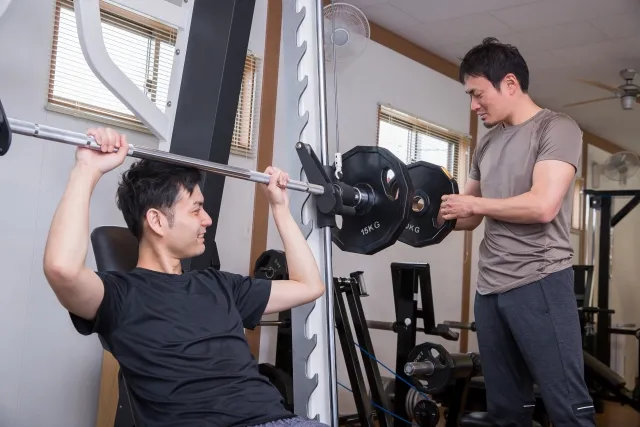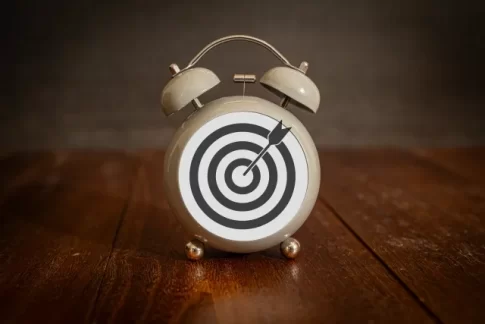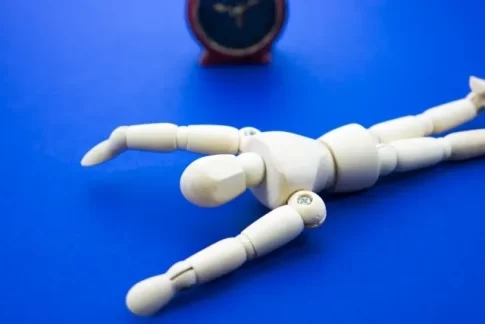この記事の概要
A major muscle group associated with erectile dysfunction (ED) is the pelvic floor muscles. The pelvic floor muscles are a group of muscles that support the urethra, rectum, and the orifices through which the genitals pass; normal function of these muscles allows for urinary control, sexual function, and visceral support. Below is a detailed description of the major parts of the pelvic floor muscles and their functions.
A major muscle group associated with erectile dysfunction (ED) is the pelvic floor muscles. The pelvic floor muscles are a group of muscles that support the urethra, rectum, and the orifices through which the genitals pass; normal function of these muscles allows for urinary control, sexual function, and visceral support. Below is a detailed description of the major parts of the pelvic floor muscles and their functions.

1. Coccygeal tendon (Pubococcygeus Muscle)
- This muscle is located in the center of the pelvic floor and surrounds the urethra and anus. The pubococcygeal muscle helps initiate and stop urination and is involved in contractions during ejaculation. When this muscle is strengthened, the quality and duration of erections may be improved.
2. Sponge Body Tendon (Bulbospongiosus Muscle)
- In men, the globus spongiosus muscle is located near the base of the penis and helps trap blood in the penis during erection. This muscle also aids in the ejection of semen during ejaculation.
3. External Anal Sphincter
- This muscle is part of the anal sphincter and controls the opening and closing of the anus. Although not directly related to sexual function, it is important in maintaining muscle balance and health throughout the pelvic floor.
4. Rectus sciatica (anatomy)(Ischiocavernosus Muscle)
- This muscle supports the firmness and duration of an erection by helping to increase blood flow to the penis during erection. When the scrotal rectus muscle is strengthened, the force with which blood is pushed out of the penis is enhanced, potentially resulting in a firmer erection.
Kegel exercises are recommended to effectively strengthen these pelvic floor muscles. Kegel exercises consciously tense and relax these muscles, which is expected to improve muscle strength and help improve the quality of erections. When done properly, they may contribute to the improvement of ED.










